RANGERS NUMEROLOGY : Who Was The Best # 2
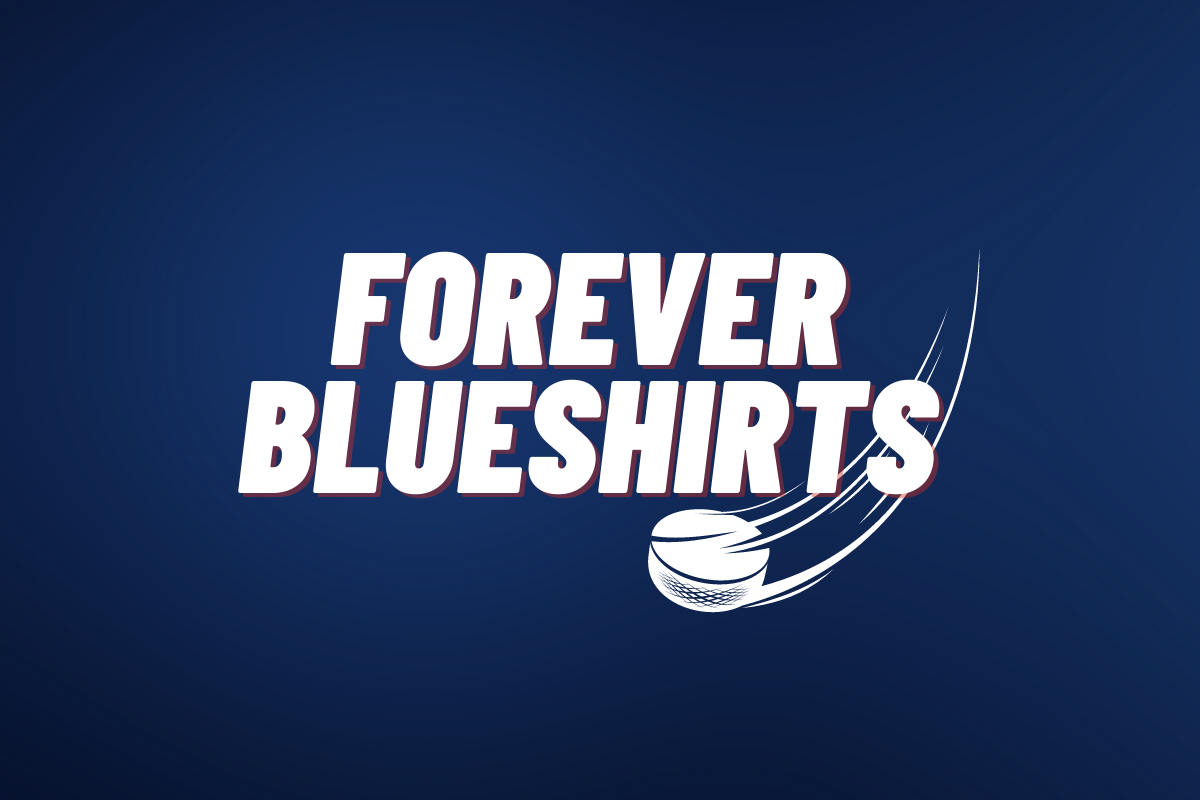
Why does a player where a particular number? Sometimes it’s because they are superstitious. Other times it’s because of a significant life event – the year they were born or came to North America for instance.
Other times it’s to honor an idol or loved one. Sometimes it’s simply because that’s what the uniform manager handed out. Regardless, wearing a number is a sense of pride to these athletes. It’s a feeling that they have arrived in the big time.
Here’s is part two of our continuing series on Rangers uniform numbers and which player wore it the best!
Who has worn #2?
Through the conclusion of the 2013-14 season, there has been a total of 21 players who have worn the New York Rangers # 2 jersey. Unless something unforeseen should happen, that number will remain at 21. The Rangers retired Number 2 for Brian Leetch on January 24, 2008 becoming the fifth number retired in Rangers history. An interesting note about thee #2 is that of the 21 players that have worn it for the Rangers, 19 of them were defensemen. The other players were a RW by the name of Alex Gray who played one season for the Blueshirts in 1927-28 and C John Mahaffy who also played one season (1943-44). Some of the names you may have heard of; some you may not. Still there are others that you might scratch your head and ask, “Did he play for the Rangers?” or “Oh Yeah! I remember him!” Regardless of your take the list boast several Hall of Famers
The list of players that have worn Number 2 are:
PLAYERS
NAME POSITION DOB
AYRES, VERN D APR 27, 1909 TORONTO, ONTARIO
BELL, HARRY D OCT 31, 1925 REGINA, SASKATCHEWAN
BOWNASS, JACK D JUL 27, 1930 WINNIPEG, MANITOBA
COULTER, ART D MAY 31, 1909 WINNIPEG, MANITOBA
CUSHENAN, IAN D NOV 29, 1933 HAMILTON, ONTARIO
DEWAR, TOMMY D JUN 10, 1913 FROBISHER, SASKATCHEWAN
EDDOLLS, FRANK D JUL 5, 1921 LACHINE, QUEBEC
GRAY, ALEX RW JUN 21, 1899 GLASGOW, UNITED KINGDOM
GUEVREMONT, JOCELYN D MAR 1, 1951 MONTREAL, QUEBEC
HARVEY, DOUG D DEC 19, 1924 MONTREAL, QUEBEC
HILLMAN, WAYNE D NOV 13, 1938 KIRKLAND LAKE, ONTARIO
IRWIN, IVAN D MAR 13, 1927 CHICAGO, ILLINOIS
JERWA, JOE D JAN 20, 1907 WARSAW, POLAND
LAIDLAW, TOM D APR 15, 1958 BRAMPTON, ONTARIO
LAYCOE, HAL D JUN 23, 1922 SUTHERLAND, SASKATCHEWAN
LEETCH, BRIAN D MAR 3, 1968 CORPUS CHRISTI, TEXAS
MACKEY, REG D MAY 7, 1900 OTTAWA, ONTARIO
MAHAFFY, JOHN C JUL 18, 1919 MONTREAL, QUEBEC
MORRISON, JIM D OCT 11, 1931 MONTREAL, QUEBEC
PARK, BRAD D JUL 6, 1948 TORONTO, ONTARIO
SEIBERT, EARL D DEC 7, 1911 BERLIN, ONTARIO
*courtesy of newyorkrangers.com
A quick view of the names and you will see some that stand out; Hall of Famers even! Five Hall 0f Famers have worn the Rangers 2 in their careers – Art Coulter, Doug Harvey, Brian Leetch, Brad Park & Earl Siebert. Some were legends of the NHL; others only legends in their own household. Some played way before my time and maybe yours; some not so much. Regardless, they wore the Blue, Red & White of the New York Rangers and they had the opportunity to play in the NHL which is not something to be taken lightly.
As with all lists like this, subjectivity always comes into play and that’s where the fun lies. Statistics may say one thing; personal opinion may say another. In my opinion, my 3 best “who wore it well” were #3 Tom Laidlaw, 2) Brad Park and 1) Brian Leetch
3) Tom Laidlaw (1980 – 1987)
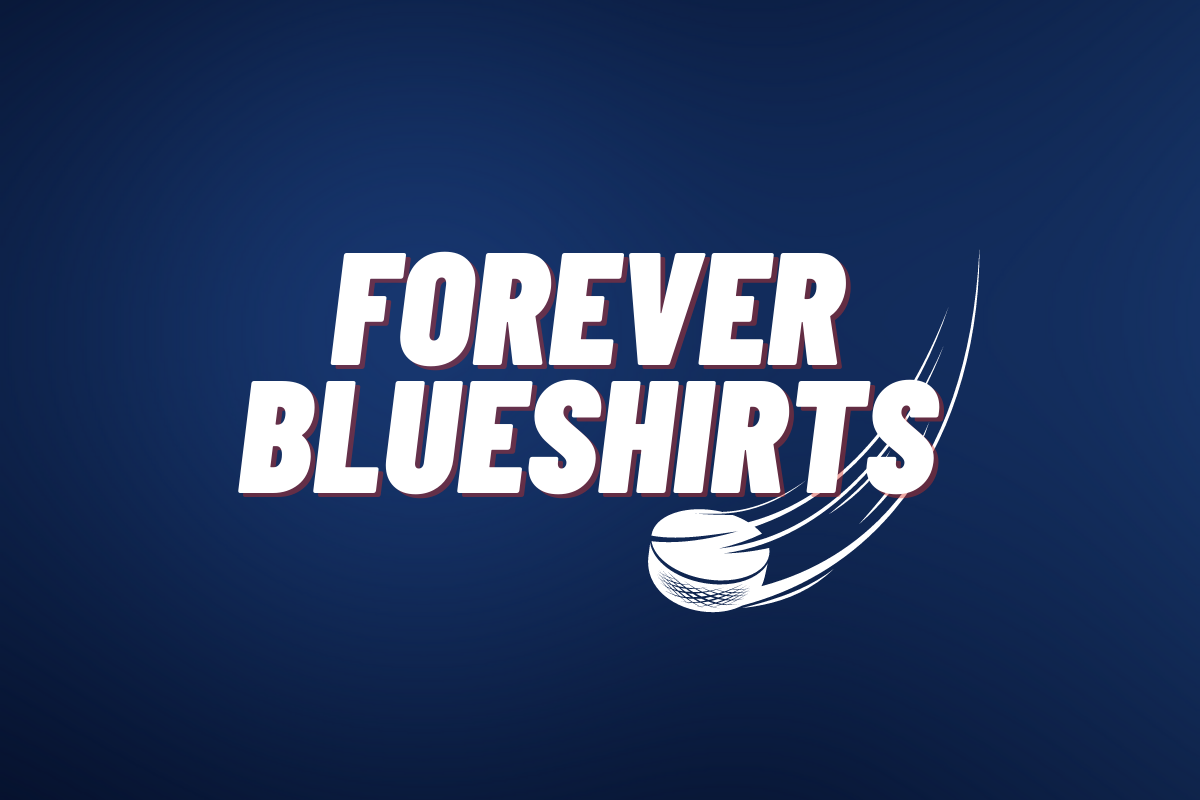
Tom Laidlaw was born in Brampton, Ontario, Canada on April 15, 1958. He was drafted by the New York Rangers in 1978 in the 6th Round (93rd overall) in the NHL Amateur Draft. He made his debut with the Rangers during the 1980-81 season; appearing in all 80 games and immediately established himself as a defense stalwart. Not known for his offense, Laidlaw chipped in 6 goals and 23 assists to go along with 100 PIM during his rookie campaign. Those offensive totals would be his Rangers career offensive highs. What Laidlaw lacked in offensive skills he made up for it on the defensive side of the puck. He became the prototypical stay at home defenseman that the Rangers craved and he could also play with a snarl when warranted. He also served as Assistant Captain on several occasions. In 510 regular season games with the Blueshirts, Laidlaw posted 20 goals and 99 assists to go along with 561 PIM. In 48 playoff games over 6 seasons he registered 2 goals and 12 assists with 68 PIM. After leaving the Rangers at a trade deadline in a deal (along with Bobby Carpenter and a 1989 3rd round draft pick) for Hall of Famer Marcel Dionne on March 10, 1987, Laidlaw joined the Los Angeles Kings and helped anchor their defense for several more season. He played for the Kings through the 1989-90 season and then went on to the Phoenix Roadrunners of the IHL before retiring in 1991. Laidlaw always had a mind for business. During off seasons with the Rangers he worked for various Wall Street firms (which was not an uncommon practice for several Rangers players during the off season in the late 1970’s and early 1980’s) and after retiring he became a player agent. He has represented such players as Bryan Berard, Chris Mason, Dallas Drake and Dan Fritsche to name a few. His company is called Laidlaw Sports Management and they are based out of Rye Brook, NY.
2) Brad Park (1968-75)
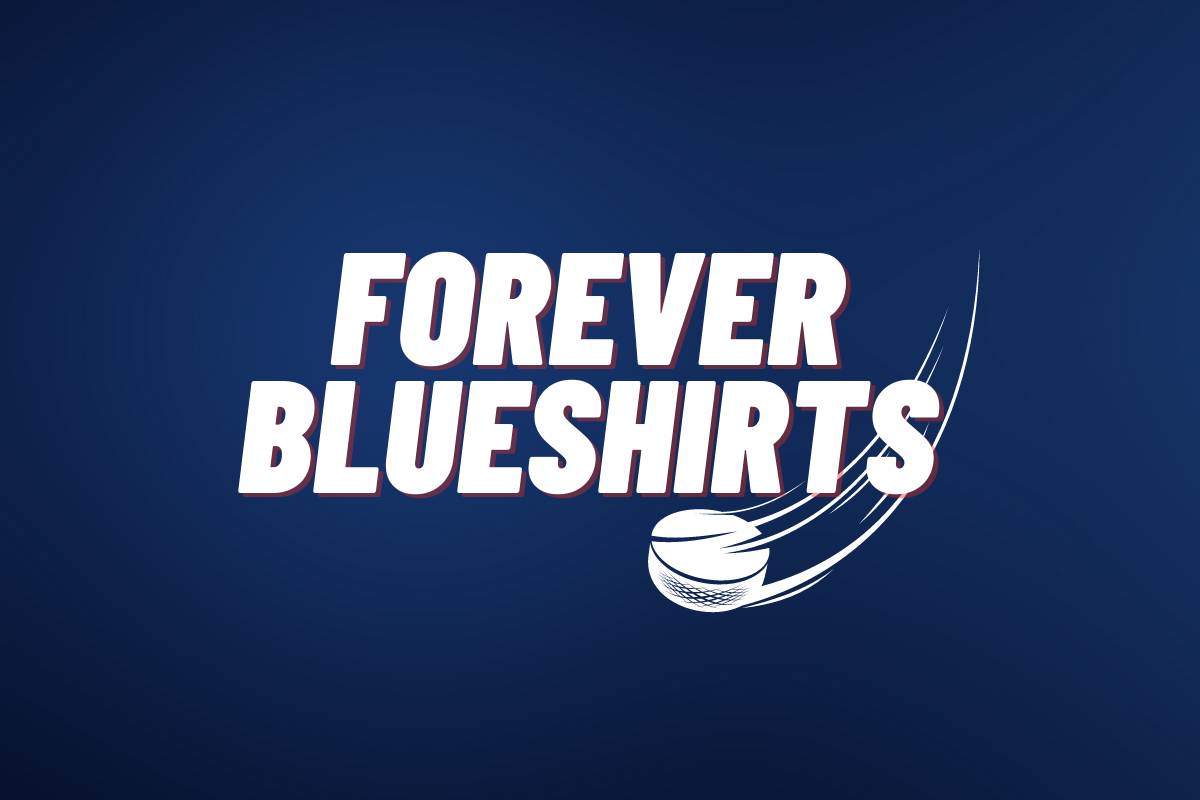
Brad Park was born in Toronto, Ontario, Canada on July 6, 1948. He was selected as the Rangers first pick (number 2 overall) in the 1966 NHL Amateur Draft. Park is widely considered to be one of the greatest defensemen to never win the Norris Trophy. He had the misfortune – if you could call it that – to play during the same era as the great Bobby Orr of the Boston Bruins. Orr’s overall play and in particular his offensive feats made others statistics pale in comparison. Park put up some very impressive numbers with the Broadway Blues though. In parts of 8 seasons, Park tallied 95 goals and 283 assists for 378 points in 465 games. In addition, while not a pugilist by any means; his game did have some snarl to it as his 738 PIM will attest. In addition to his regular season stats, Park also played very well in the playoffs. Despite his efforts he was never able to help the Rangers get over the hump and bring home a Stanley Cup Championship, In 7 playoff seasons with New York, Park played in 64 games notching 12 goals and 32 assists with 129 PIM. While with the Rangers, Park won many individual team honors and set 2 rangers records. He holds the Rangers record for most assists by a rookie in a game with 4 and most goals by a defenseman in a season with 25 (1973-74). He was selected as a year end First team NHL All Star for the 1969-70, 1971-72 and 1973-74 seasons and was selected Second Team NHL All Star for the 1970-71 and 1972-73 seasons. He participated in the mid season All Star Game in 1970, 1971, 1972, 1973 1974 and 1975 seasons.
He also served as Rangers Captain from 1974-7 until November 7, 1975, when he was traded in one of the biggest blockbuster trades in Rangers history. Park, along with Hall of Famer Jean Ratelle and Joe Zanussi, was traded to the hated rival Boston Bruins for Hall of Famer Phil Esposito and Carol Vadnais.
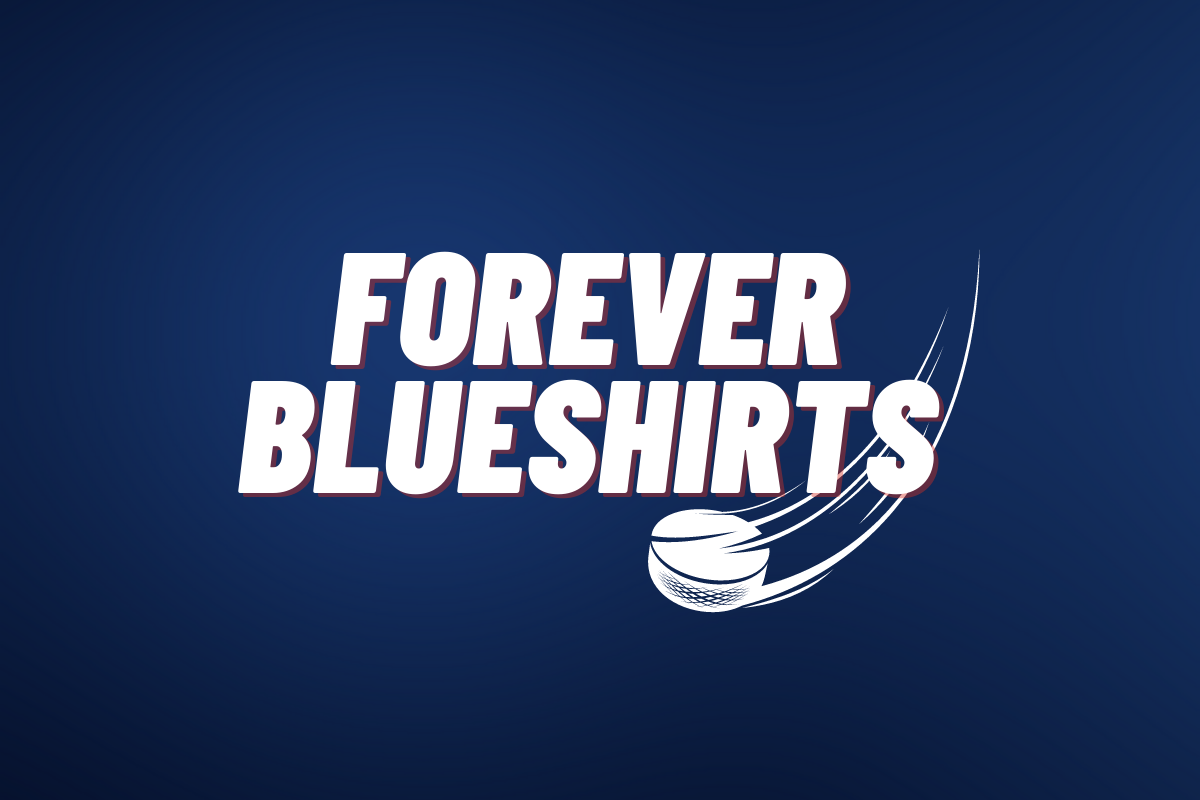
Park went on to play several more all star caliber seasons with the Bruins, essentially replacing Orr who had fallen on hard times due to consistent knee injuries. He earned several more All Star selections as a member of the Bruins and also a few more Norris trophy nods but was never able to capture it – finishing second twice. The Bruins enjoyed success with Park on the blue line for them as well as they appeared in back to back appearances in the Stanley Cup Final against their rival, the Montreal Canadiens. The Canadiens prevailed both times. Park continued to play for the Bruins through the 1982-83 season. He then joined the Detroit Red Wings for 2 years appearing in 147 games with 18 goals and 83 assists and 138 PIM. He later went on to coach the Red Wings for 45 games during the 1985-86 season, posting a dismal record of 9-34-2 and missing the playoffs. It was the first and only time during his time in the NHL that he did so. In 1988 he was elected to the Hockey Hall of Fame in his first year of eligibility.
1) Brian Leetch (1988-2004)
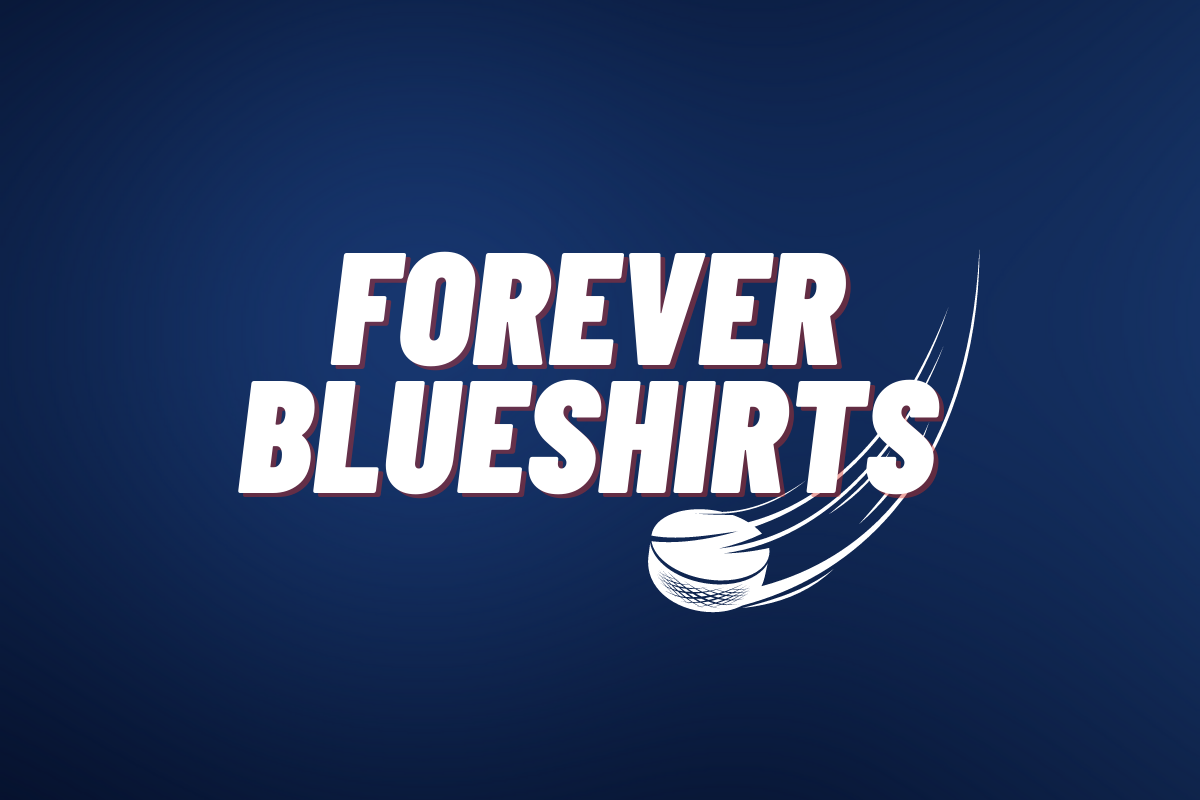
Brian Leetch was born in Corpus Christi, Texas on March 3, 1968. He was selected by the Rangers with their first pick in Round 1 (9th overall) in the 1986 NHL Entry Draft. While he was born in an unconventional hockey town, Leetch established himself as quite the athlete in the New England area where his family had moved to when he was young. Leetch cut his teeth as a hockey sensation at Avon Old Farms and later at Boston College. He would go on to represent USA Hockey at the 1988 Olympics in Calgary. Once the Olympics were over, Leetch joined the Blueshirts for the playoff stretch run under the leadership of GM Phil Esposito and head coach Michel Bergeron. The Rangers were unsuccessful in their attempt to make the playoffs that year which cost both Esposito and Bergeron their jobs. Leetch however was off to a flying start though. He appeared in 17 games and had 14 points (2goals, 12 assists). The following campaign was his official rookie season and he did not disappoint as he went on to capture the Calder Memorial trophy as the top rookie in the NHL. It was to be the first of many individual league awards he would receive. With the arrival of future Hall of Famer Mark Messier to the Rangers lineup at the start of the 1991-92 season, Leetch’s game went up to another level. Under Messier’s guidance and prodding, Leetch became the NHL’s most lethal defenseman. He would go on to register his first and only 100 point season (102pts on 22 goals and 80 assists) as the Rangers would go on to capture the President’s trophy as the top team in the Regular Season. Those statistics would also help Leetch win the first of two Norris Trophy’s (1996-97 was the other) as the leagues top defenseman.
It was however, what happened in the Spring of 1994 that Leetch will be forever immortalized in Rangers lore. After a spectacular season in which they were the top team from start to finish, Leetch, Messier and the rest of the 1994 New York Rangers were crowned Stanley Cup Champions. After sweeping the New York Islanders in the 1st round and dispatching the Washington Capitals in 5 games in the 2nd round only to survive against the New Jersey Devils in the East Conference Final in 7 thrilling , mind numbing , edge of your seat games. They then squared off against the Vancouver Canucks. In 7 games, the Rangers were able to put away the pesky Canucks, led by future Hall of Famer Pavel Bure, and end 54 years of frustration and curses. None of that would have been possible had it not been for the play of Leetch. Leetch was phenomenal on both ends of the ice throughout the playoffs and more specifically in The Final. His play was rewarded with the Conn Smythe Trophy as playoff MVP becoming the first American to do so. However, the biggest prize of all had been won by Leetch and his teammates – THE STANLEY CUP!
Coupe Stanley 1994 – New York Rangers (1 de 2)
Over the course of his Rangers career that spanned parts of 17 seasons, Leetch became considered the greatest Ranger of all time. In 1,129 regular season games, Leetch registered 240 goals, 741 assists, 981 points and 525 PIM. In 7 playoff seasons he was even better – 82 games, 28 goals, 61 assists, 89 points and 30 PIM. Leetch served as Alternate captain from 1991-92 through the 1996-97 season and then again from 2000-01 until March 3, 2004. He was the Captain of the Rangers from Oct 1997 – Oct 2000. He also served as Captain of the USA team in the 1996 World Cup of Hockey, a team which won the Gold Medal.
Brian Leetch Jersey Retirement Ceremony 2 – Jan 24 08
Leetch would not play his whole career with the Rangers as he was traded (on his birthday no less!) to the Toronto Maple Leafs along with a 4th round draft pick for Maxim Kondratiev, Jarkko Immonen, a 2004 1st round pick and a 2005 2nd round pick. Leetch would play just 15 games for the Leafs amassing 10 points and helping them make the playoffs. In 13 playoff games he would add 8 assists. He then signed as a free agent with his hometown Boston Bruins and in an injury plagued season (61 games) he would finish with 32 points (5 goals, 27 assists) as the bruins failed to make the playoffs. He retired on May 24, 2007 and on February 24, 2008 the Rangers retired his jersey. He was inducted into the USA Hockey Hall of Fame (along with long time teammate Mike Richter) in Oct 2008 and into the Hockey Hall of Fame in 2009. in most recent years, Leetch has serve as studio analyst for the MSG Network covering Rangers games and will be returning to this role this upcoming 2014-15 season. Last year he was a member of the NHL Player Safety Department. As Mark Messier said at the retirement of Leetch’s jersey, “He is the greatest Ranger of all time.”
Conclusion
When compiling lists like this it is always a very subjective process. A lot goes into deciding who should be ranked where and why. Emotion plays a lot into it. For some, statistics are the “be all, end all.” For this particular endeavor, choosing who “Wore Number 2 the Best”, the first 2 spots were no brainers. It can be said that Doug Harvey is more deserving of the third slot than Tom Laidlaw. I never saw Harvey play. I did see Laidlaw play and with that is what helped me make that decision. Leetch, Park and Laidlaw were all part of my youth hockey experience growing up and well into my twenties and early thirties. Growing up as a child in Manhattan, Brad Park was one of my favorite players. As the years went on and I played hockey myself, I tried to pattern my style after Tom Laidlaw. Brian Leetch was…just Brian Leetch; someone to behold and marvel at his artistry on ice. So what do you think? Do you agree with my list? Or do you have your own? Who’s your top three #2’s? Give us a shout and let us know what you think!
More About:New York Rangers Analysis
